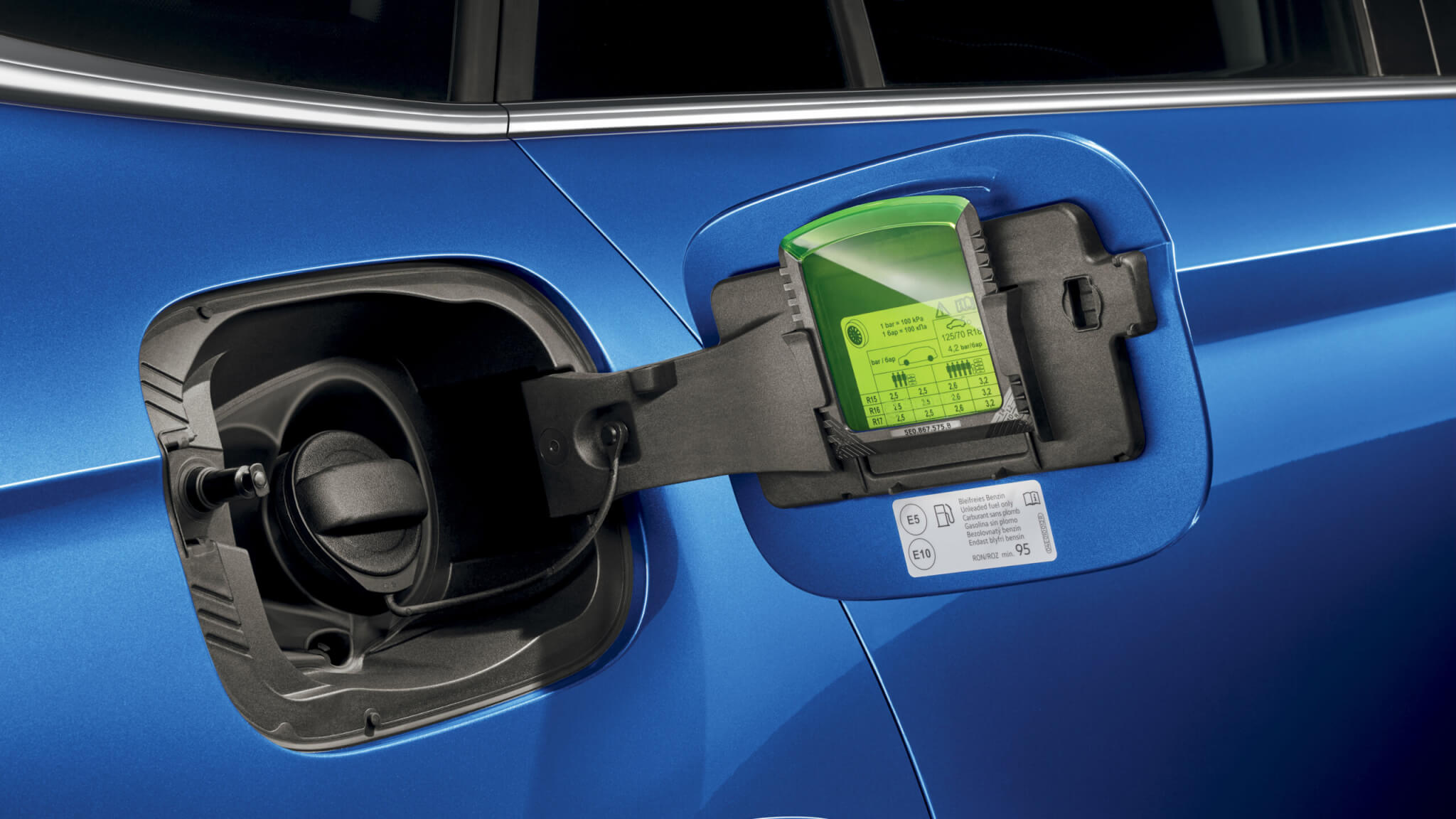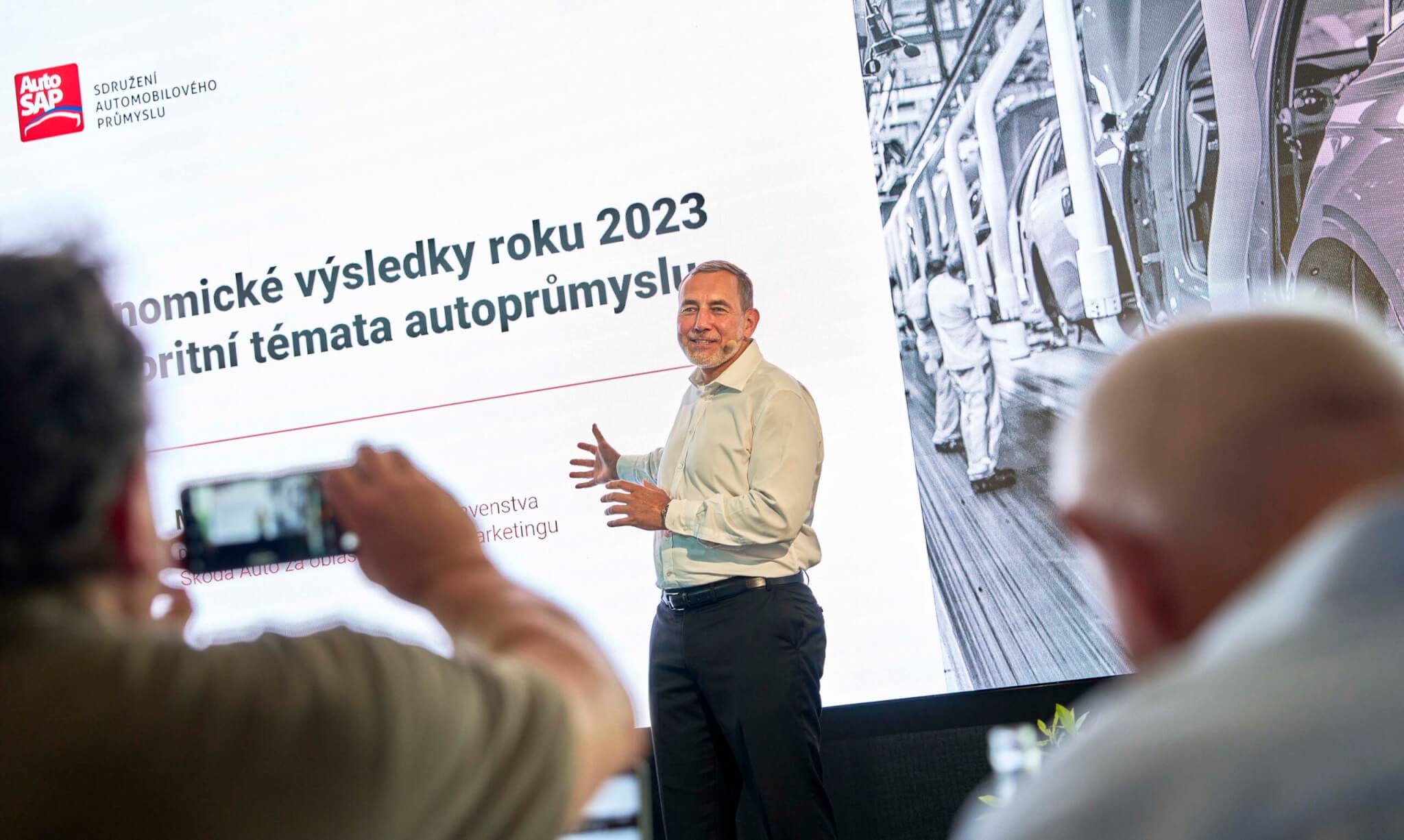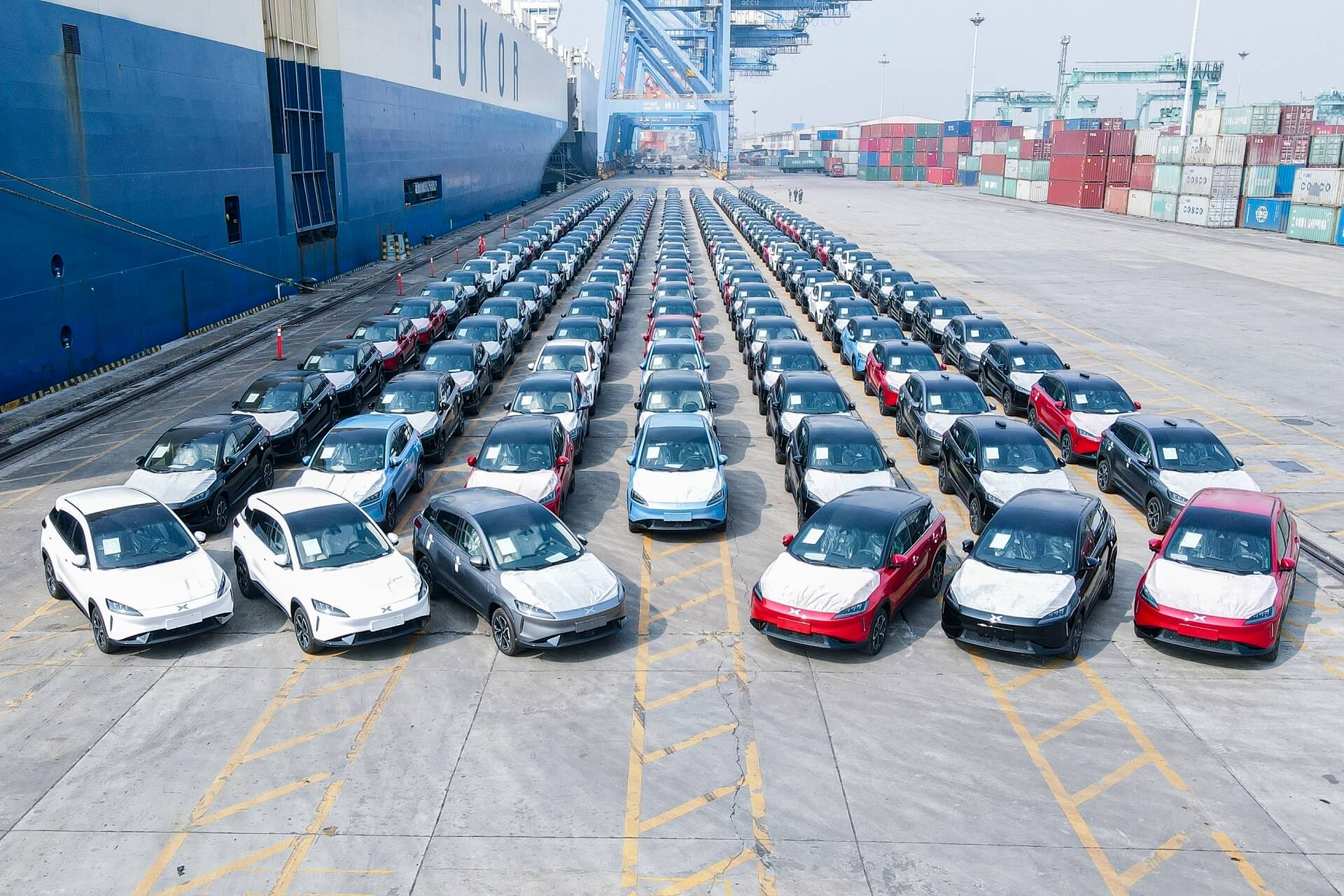On 10 November 2022, the European Commission presented a proposal for a Euro 7/VII emission standard. This replaces the current Euro 6/VI or Euro VI-E, which has undergone successive additions since 2014, up to the current Euro 6d version. The proposed standard tightens the emission limits for passenger (Euro 7) and freight transport (Euro VII) and not only introduces stricter limits for nitrogen oxides, formaldehyde, non-methane organic gases and ammonia, but also introduces completely new measurements for brake and tyre abrasion emissions. Although the Czech car industry strongly supports the EU’s objectives to improve air quality and the health of the population through massive investment in the development of alternative propulsion, we consider the proposal to be counterproductive. Instead of improving emissions in transport, it will effectively divert much needed resources away from investment in battery technology, and hence hydrogen vehicles, and will also lead to a significant reduction in the supply of affordable models for consumers. The Euro 7 effective date is also of great concern, for which manufacturers will not be able to prepare and therefore risk significant shortfalls in vehicle supply. The situation may also be complicated by very strict limits for heavy trucks and buses, which will further slow down fleet renewal.
“The auto industry is undergoing the biggest technological transformation in its history with the transition to zero-emission mobility. It requires companies to invest heavily in new types of powertrains, while at the same time remaining competitive in the face of high inflation, the energy crisis and the impact of the war in Ukraine. The Euro 7/VII proposal as presented by the European Commission may jeopardise this effort by setting disproportionately strict limits for trucks, may restrict the supply of available passenger vehicles in lower categories, and also threatens to drain the limited resources that need to be invested in electrification and meeting climate targets,” said Martin Jahn, President of the Automotive Industry Association.
The entry into force dates are unrealistically fast
The Commission’s proposal, which includes an implementation date of 1 July 2025 for all cars & vans, will result in a critical downturn in the vehicle market, as such a date does not provide sufficient time for manufacturers to prepare for the new standard, and consequently to purchase and install appropriate emissions measurement and compliance technologies. For this reason, we recommend that this date be extended by two years.
It can be assumed that it will take at least until the end of 2023 for the Council and the European Parliament to agree on a primary Euro 7 act. In the best case scenario, and with a faster preparation of secondary legislation than has been the case recently, the whole legislative package would be ready by mid to late 2024. A binding date that gives only 6 months for preparation for passenger cars is far beyond a reasonable requirement, all the more so given all the parallel efforts towards zero emissions and electrification in road transport. Meeting the deadlines for heavy goods vehicles and buses will be similarly difficult.
The requirements for heavy goods vehicles and buses are too stringent
Emission limits for heavy goods vehicles and buses are significantly more stringent, even though there is talk of a ‘medium scenario’. Manufacturers of heavy goods vehicles and buses are very concerned about these limits, as there is a real risk that the technology to meet them using conventional methods will not be available at an affordable price. This will lead to disproportionate pressure for accelerated electrification of these vehicle categories, or conversely fleet obsolescence and worsening emissions.
The preliminary impact assessment of the proposal did not address the impact that CO2 emission targets, i.e. the transition to zero emission vehicles, will have on real emissions in freight transport, which will be proposed by the Commission in the coming months. Again, in combination with the long list of additional tests set out in Articles 14 (‘Procedures and testing’) and 15 (‘Adaptation to technical progress’), the Euro VII package for these vehicles is very complex and costly and is not proportionate to the efforts made to achieve zero emissions.
New evaporative emissions test requirements will cause a shortfall in available small vehicles
The significantly tightened evaporative emissions limit will often not be met at all in the small vehicle segment. In addition to the significant additional development investment (approx. CZK 1.25 billion/model), for which it will not be efficient for many manufacturers to continue production of small vehicles, the envisaged tightening would require a redesign of the system, with a corresponding multi-year lead time. In practice, this would mean, for example, doubling the size of the activated carbon container, which would then have nowhere to fit in current models.
Measurement of emissions in normal operation without uniform rules
The current version of the Euro 6 standard defines very broad conditions for real-life tests during which emission limits must be met. The current conditions cover a statistically significant part of the normal use of the car, but exclude unnatural, even extreme driving from the measurements, thus ensuring uniformity and repeatability of the tests. Test conditions defined in this way reasonably protect the consumer and provide manufacturers with the necessary standard and certainty to carry out measurements. The Euro 7/VII proposal, however, removes all boundary conditions, so that the car must meet the limits with almost no standardisation. In effect, this makes the pollutant limits an order of magnitude tighter than the required tightening for the laboratory Euro 7/VII tests. During the test, extreme situations can now occur which are completely unsuited to real-life vehicle operation (e.g. a test drive in the form of a single rapid uphill run lasting 1 minute). These variations in the tests will then multiply the requirements for the installed emission reduction technologies, which, especially for small cars, would make them economically unviable and limit their availability to end users.
The need to take into account the different emissions situation for cars and vans
There are relatively modest changes in the emission limits for passenger cars compared to the past, hence the alignment of these limits for all vehicle types and powertrains. Although not directly produced in the Czech Republic, this harmonisation of limits is a major challenge for heavier vans. Add to this the long list of additional tests mentioned in Articles 14 and 15 above, and the Euro 7 package for vans becomes very complex and costly. The issue will thus be a shortfall in the market for these vehicles, which would have a negative impact on the transport companies, hence the pressure for accelerated electrification, which would have a negative impact on vehicle prices or the availability of the necessary raw materials at the time.
Euro 7/VII will have only very marginal benefits in terms of real reductions in transport emissions
We stress that the Euro 7/VII standard will only have a marginal real benefit in terms of improving emissions from road transport. For example, in the case of trucks and buses, while in 2025 (i.e. 10 years after the introduction of Euro VI) Euro VI compliant vehicles will represent approximately 57% of the EU fleet, the older EU truck fleet (i.e. pre-Euro VI) will represent 77% of NOx emissions. Without addressing the problem of the older fleet, Euro 7/VII will make little difference in practice and any difference will be dwarfed by the contribution that zero emission vehicles will make if we focus on them. However, the investment that manufacturers will be forced to make to meet Euro 7/VII standards will be huge and will inevitably divert much needed resources away from investment in battery and hence hydrogen vehicles.
Joint efforts as a prerequisite for meeting the Green Deal objectives
The European Commission, with the support of EU Member States, has made decarbonisation its top priority under the Green Deal. The automotive industry is investing massively in technologies that decarbonise transport and is taking its responsibility in the implementation of the ambitious Green Deal. We therefore urge the relevant authorities in the Czech Republic to carefully consider any legislative proposal that could divert important investments that need to be made towards the shared decarbonisation goals.
Contact








